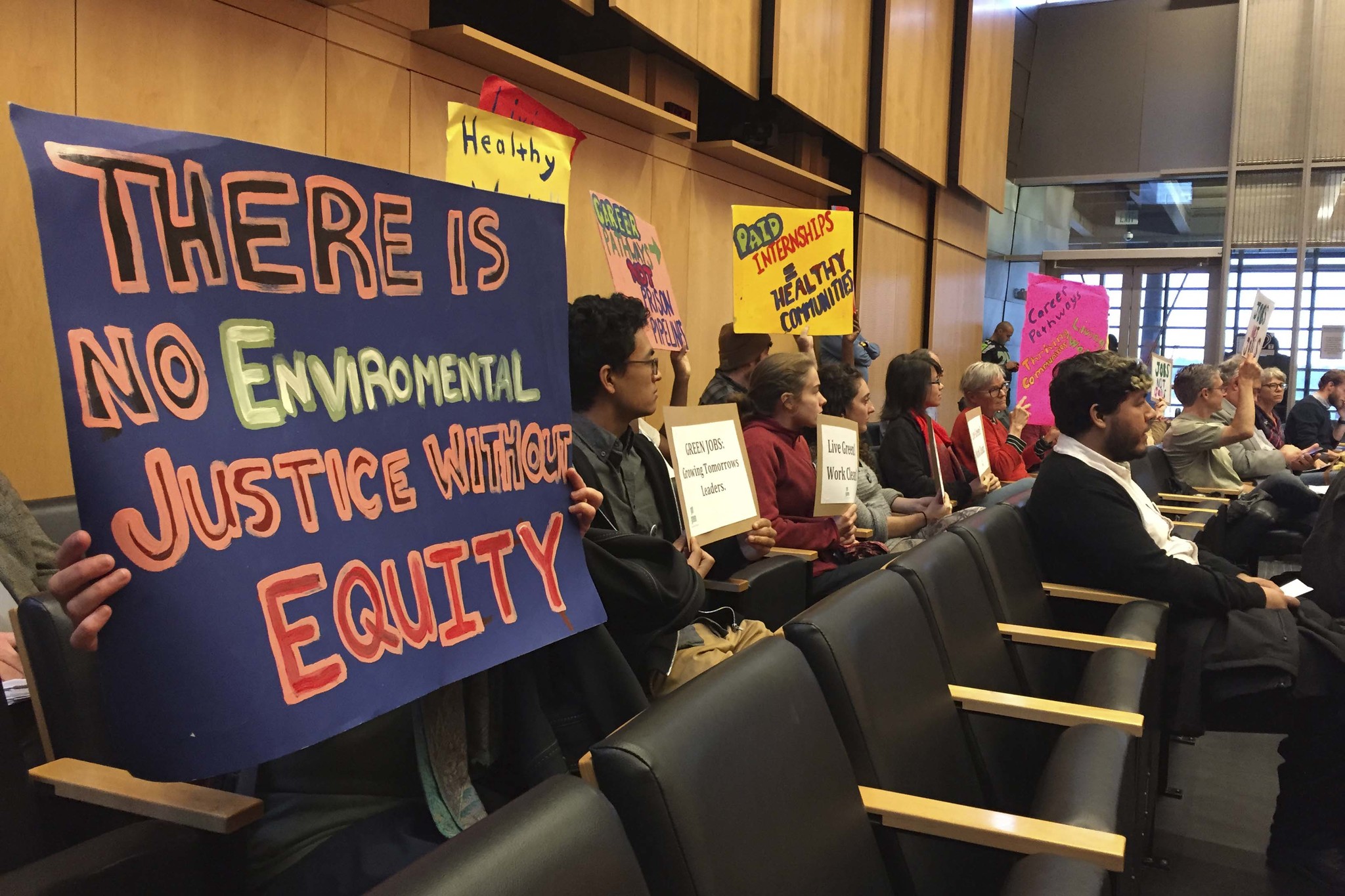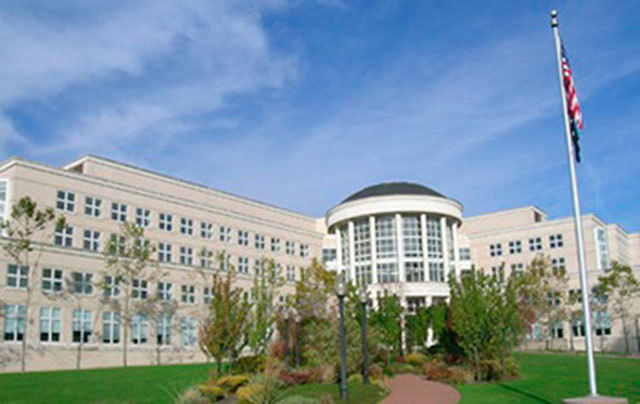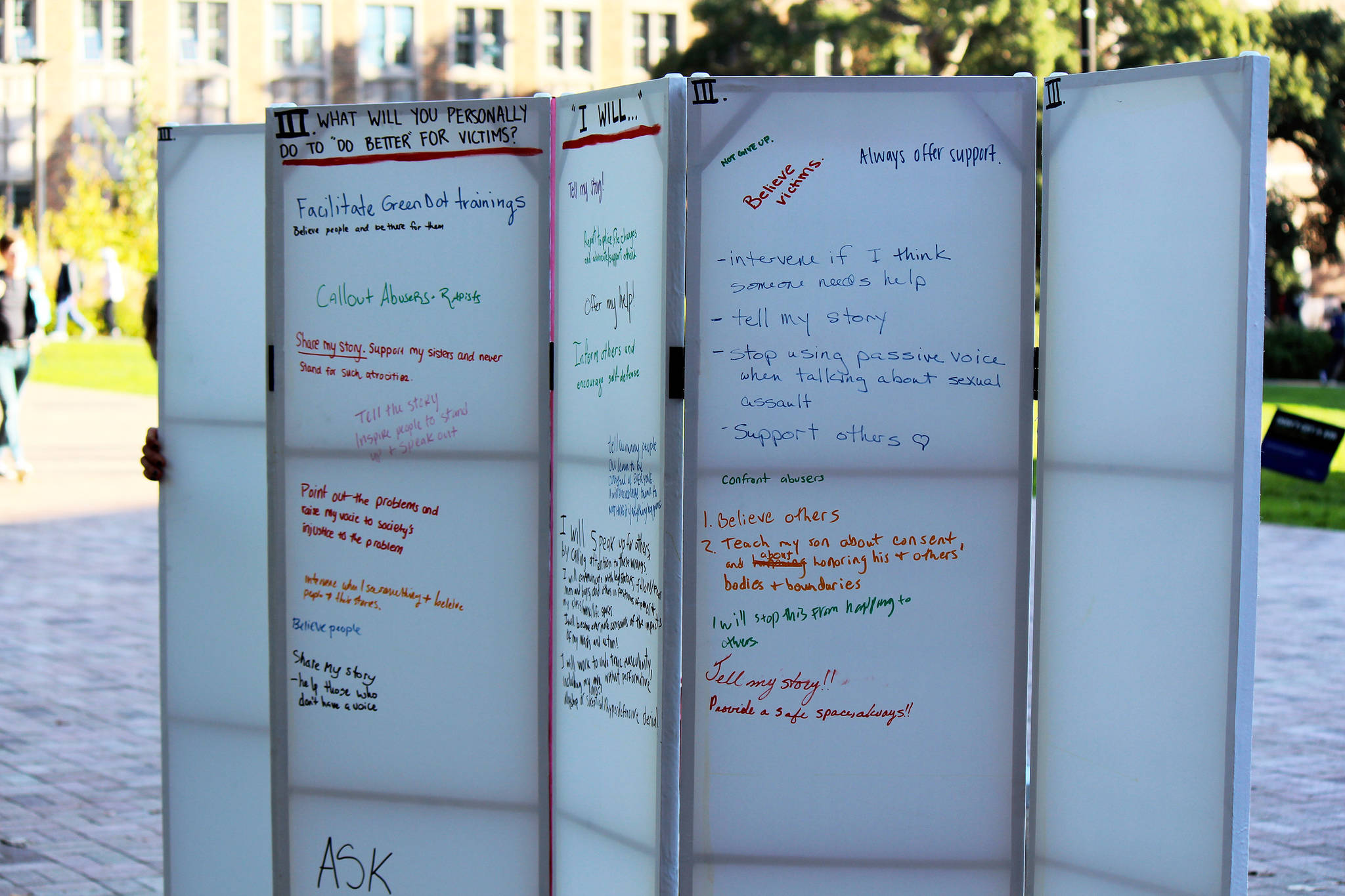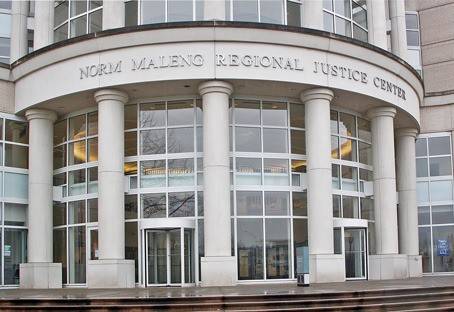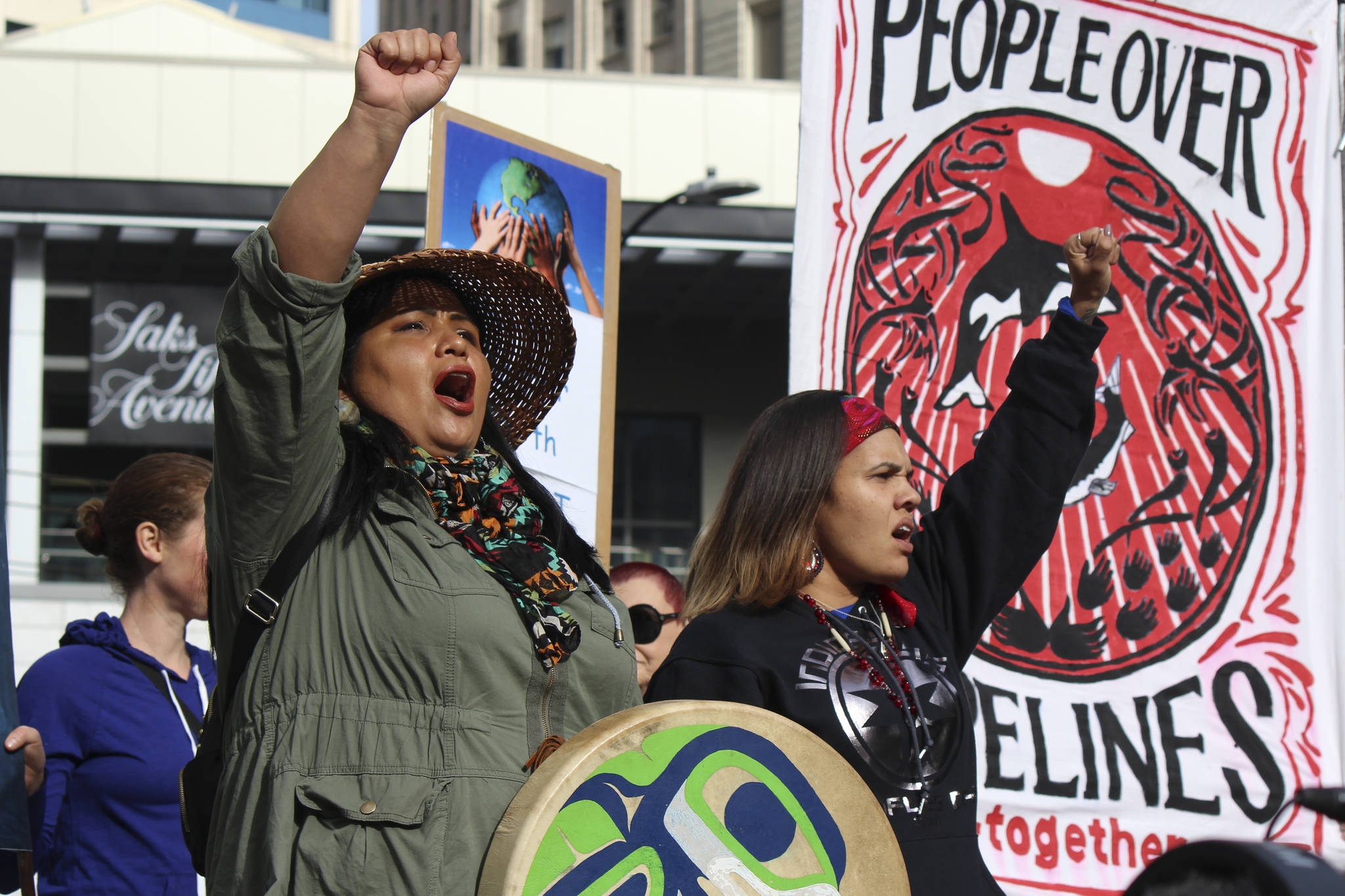A few years ago, when she was an environmental-studies major at the University of Washington, Marion Romero was required to complete a summer internship for a local organization as part of her senior thesis project. “The restriction on this internship was that I had to work 40 hours a week and I had to be available on weekends,” she says. “My time was basically theirs.” But because it was a school-credit opportunity, “I was paying the university for my time. It was very unfair.”
Sure, she was able to acquire new skills and put a little something on her resume; the work wasn’t without value. But the only reason she was able to do such a thing is that her mother helped her pay for it. “I don’t know where my mom got the money from. If I didn’t have my mom, I probably wouldn’t have graduated” on time, she says.
It’s an old story, and a very pervasive idea (some say myth): To get enough experience to be able to compete for entry-level positions in a career field that’s meaningful to you, you must “pay your dues,” which often means working for free.
But who among us can afford to do that? Only those with access to financial support from their families and to all kinds of other social and economic capital, including higher education. And those who don’t have this access are too often people of color. This pipeline issue is particularly pronounced in environmental fields. According to a 2014 report from the University of Michigan—among the most comprehensive analyses to date—less than 16 percent of all positions in environmental organizations across the nation are held by people of color, and even fewer of those are leadership positions. Yet the majority of these organizations say they value diversity.
Enter the Green Pathways Resolution, a city initiative—co-authored by eight young Seattleites, including Romero, and Councilmembers Lisa Herbold and Mike O’Brien—that aims to close the racial gap in Seattle’s green careers.
The resolution, which passed out of committee last week and is expected to go to a full Council vote within a few weeks, would earmark city funds to identify and eliminate barriers to entry-level jobs and internships in the green sector (i.e., public transit, urban farming, or clean energy).
According to several years of research conducted by Got Green’s Young Leaders in the Green Movement, the young people behind Green Pathways, city internships are still largely held by young white men, and many entry-level opportunities in the green sector don’t pay a living wage. And what they found when they surveyed Seattle residents of color is that this choice between paid work and meaningful work is very real. “We heard from young people of color that it is a matter of putting food on the table first,” says Got Green volunteer Johnny Mao, “before [they] have the means to get involved in the environmental movement.”
Many people lined up to testify in support of the Green Pathways resolution last Friday, and many pointed to the racial gap in green careers locally. Longtime climate activist Patrick Mazza pointed out that of 65 employees in three different local environmental groups in Seattle, 11 are people of color; and of those, only one is African-American and only two are in leadership positions. Others underscored the connections between social inequities and environmental crises—that gentrification contributes to carbon emissions, for instance, because people are forced to take longer commutes when they can’t afford rent—and suggested that reducing barriers to green careers for young people of color would help us solve many environmental problems we face.
Nancy Huizar, a Beacon Hill native who like Romero is also a UW graduate (she was among a scant handful of undergrads of color in the School of Aquatic and Fishery Sciences), has done her fair share of internships and fellowships, but to find paid work in her field, she had to leave Seattle. She now works in Shoreline. “You can have internships, all these internships. But if they’re not gonna make funding for you to move up, then what does that even mean? I interned here for Seattle City Light. And after it was over, that was it … there was nothing there.”
When, as a young person, you do all these things you’re told you have to do, and you still aren’t able to get a job in your field, “You feel like you’re a failure, because maybe you didn’t do something right,” she says. “But really, it’s just like, no, that’s kind of just how it is.”
One aspect of the new resolution provides “targeted outreach”—ways to ensure that positions are truly being advertised to a diverse group. “White folks know other white folks for the job,” says Huizar. “That’s who they’re gonna pass it to. When are we going to be reaching out to people of color, unless we’re intentionally making sure we’re doing that? … Thinking about stuff like that is really frustrating. That’s why I’m hoping for this change.”
sbernard@seattleweekly.com
